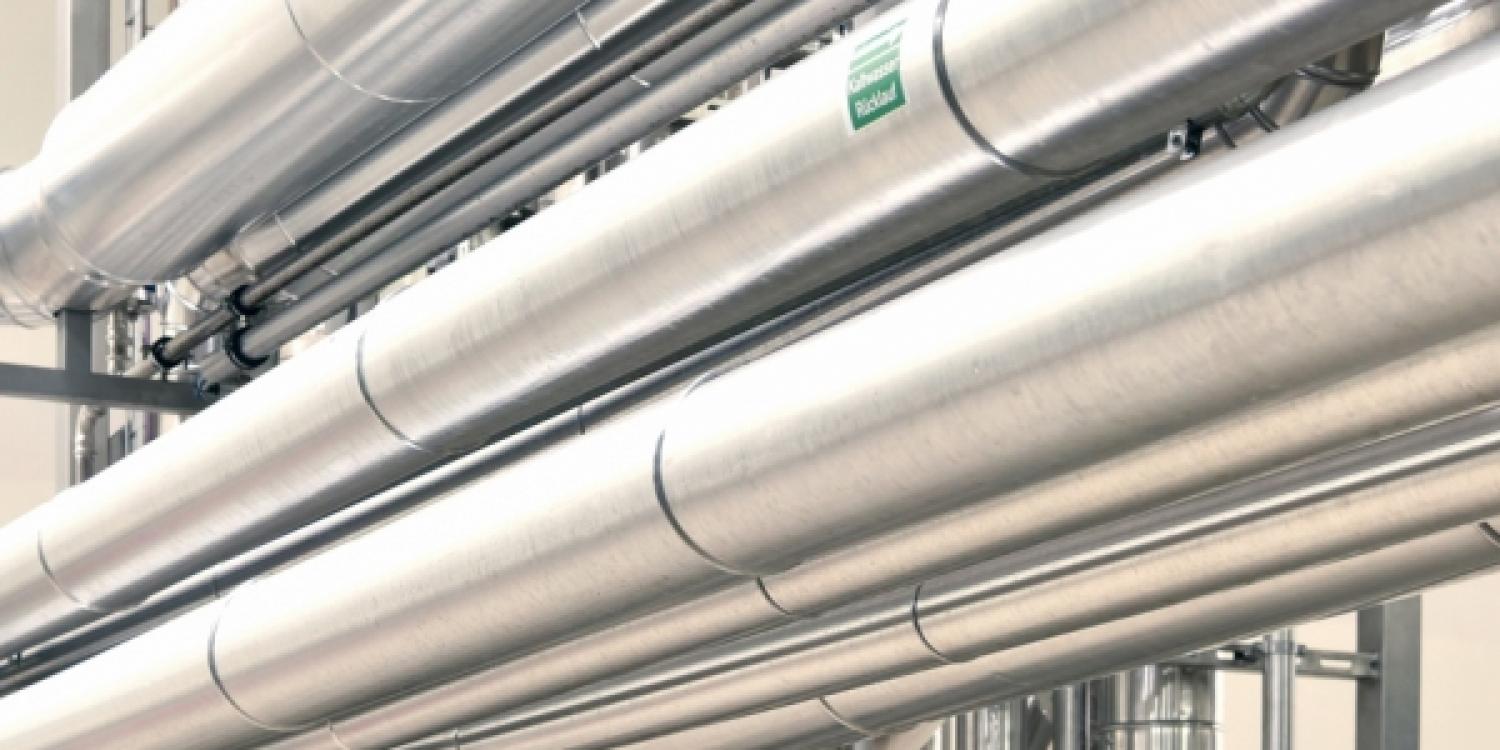Optimising steam-generation systems

© industrieblick, image #181597934, 2018, source: Fotolia.com
Information
Impacts:
Energy
Sector:
Electricity, gas, steam and air conditioning supply
Cross-cutting
Investment cost:
Medium cost
Cost:
Medium cost
Associated cost savings: Energy
7%
Size of company:
Micro (less than 10)
Steam is in heavy demand in industries requiring heating processes, and it is typically an energy-intensive process to generate it. The ratio of steam energy costs to total energy costs ranges between 20 and 60 %. Optimising the steam-generation system and rationalising demand for steam can, together, reduce energy costs significantly.
Energy savings in processes can be achieved by reducing steam demand:
- Implement a load management strategy means having the right-sized boiler on- and offline to match the required load/demand (it is more efficient to operate with fewer boilers at higher loads than all boilers at lower loads)
- Establish alternative processes, for example replacing steam with hot water
The energy efficiency opportunities for existing steam systems can be categorised into three classes: steam generation, steam distribution, and condensate recovery. Most of the following opportunities are 'good housekeeping' measures which can be implemented with minimal costs.
Steam generation
- Minimise boiler blowdowns to better control and recover heat which can lead to savings up to 5 %
- Invest in heat recovery; heat loss from flue gas usually holds the greatest energy saving potential (flue heat can be recovered using an economiser or pre-heater); examine opportunities for reintroducing flash steam which can be recovered for low-pressure steam applications
- Invest in boiler management control systems to chart boiler efficiency in relation to produced steam (e.g. monthly)
- Use solar thermal systems for pre-heating to improve boiler efficiency by 1 % for temperature-raising of up to 20° C
- Use digital combustion controls to optimise operations and save energy
- Invest in variable speed drives for combustion air fans and coolant pumps to reduce energy consumption; even small reductions in speed can lead to significant savings
- Regulate power consumption in the boiler house
- Minimise radiation losses to within the standard values of 0.2-0.5 % of the maximum load capacity
- Control boiler fouling which can raise flue gas temperatures; the ratio of flue gas temperature and steam production indicates when to clean the boiler
- Measure excess O2 in the boiler flue gases and trim the air/fuel ratio to the minimum acceptable excess combustion air amount in order to minimise the stack losses
Steam distribution
- Identify and repair steam leaks to reduce energy losses and save on energy costs
- Check for gaps in insulation in piping and the steam network; thermal bridges, especially at fittings and valves, are a particular problem
- Pay attention to condensation and frictional resistance within the pipework system; pressure loss should be considered during the design phase of a pipework system and the decision on the initial distribution pressure
Condensate recovery
- Collect condensation with steam traps to reduce water and return it to the boiler feed system which gradually raises the temperature and reduces steam production costs (boiler energy consumption is reduced by 1 % when feed water temperature is increased to 6 °C)
- Regular checking of the optimum deaerator pressure leads to energy savings